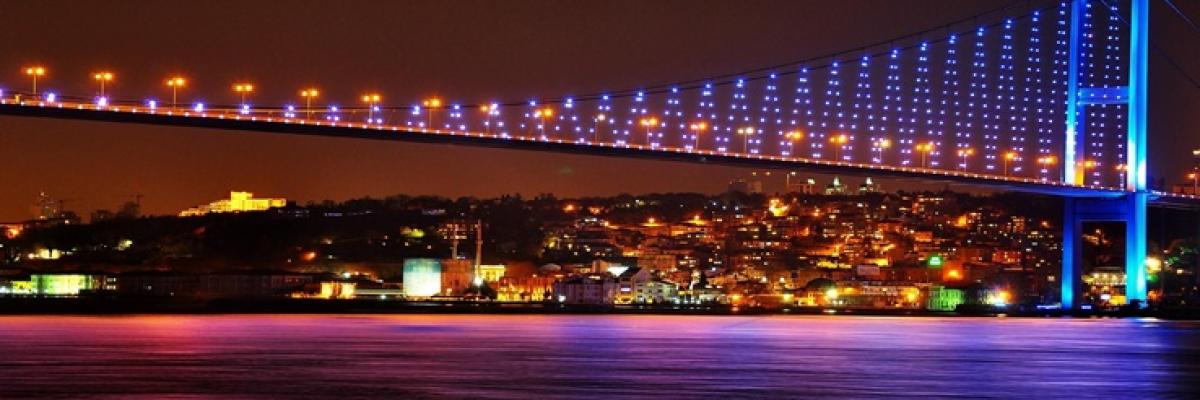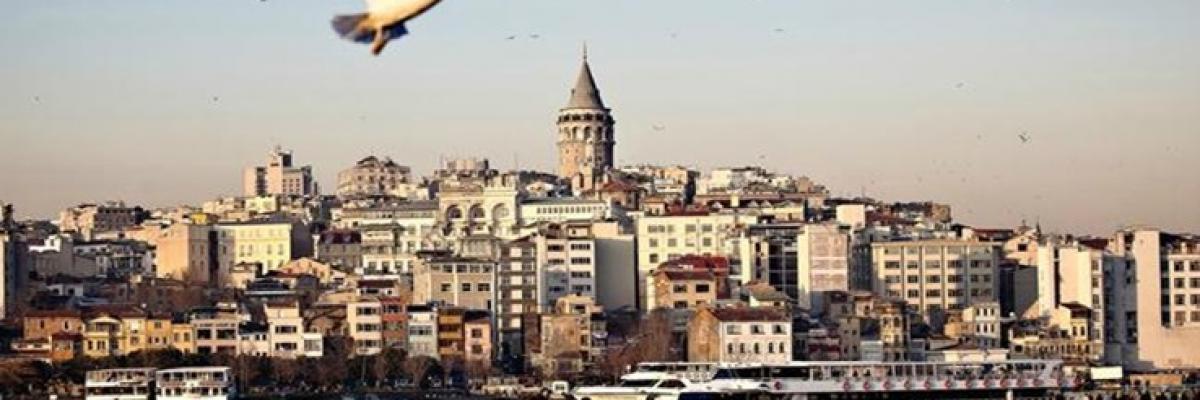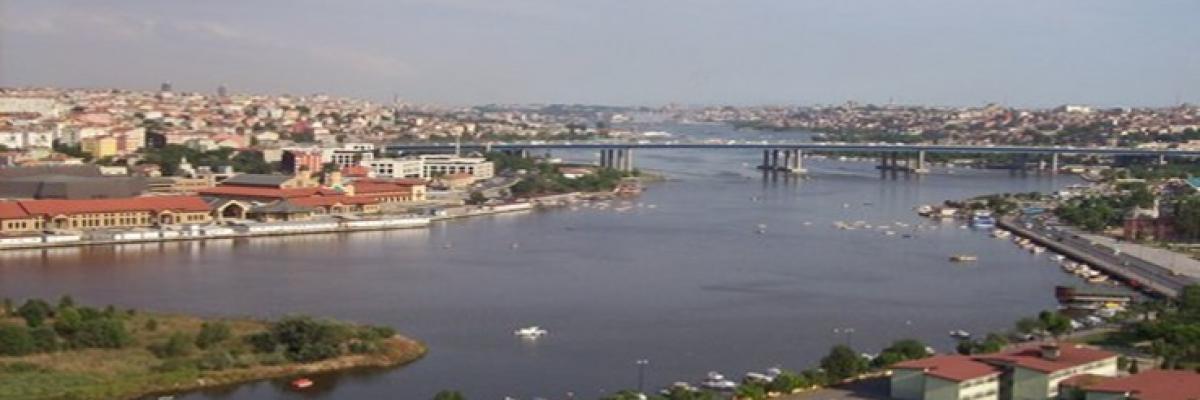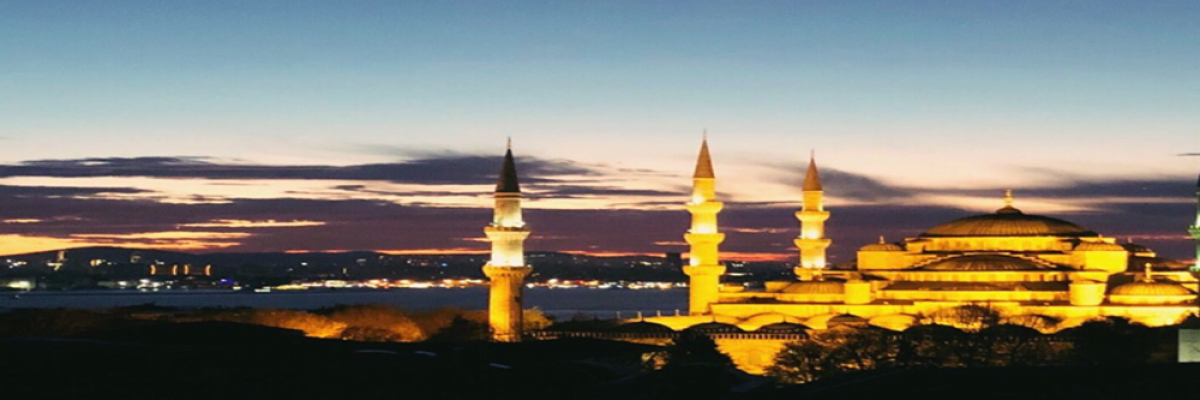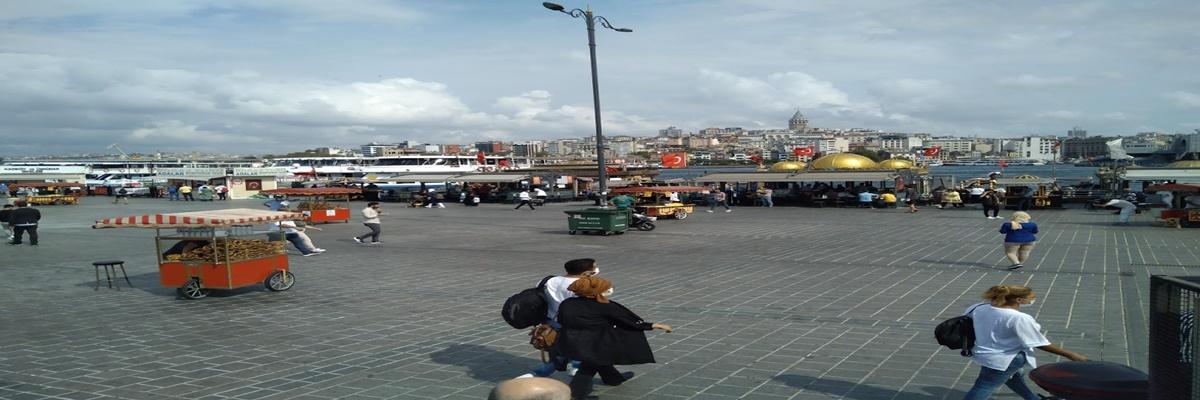Argentına
Argentina

Argentina, the fourth largest country in the South American continent, comes to the world agenda mostly due to economic crises and political turmoil. Argentina in Turkey's three times the size in terms of area you need to reserve at least one month to visit overall. Located in one of the luckiest geographies of the world with its biological diversity, Argentina is a country where many people with different expectations can find activities suitable for them. There is a rich accumulation of experience ranging from skiing to sea tourism, from culture to nature tourism, from gastronomy to art.
Information About Argentina
Country Official Name: Argentine Republic
Country Location: South America
Capital: Buenos Aires
Neighbors: Argentina neighbors Chile to the west, Uruguay and Brazil to the east, Paraguay and Bolivia to the north. The Atlantic Ocean is located in the south and east of the country.
Ethnicity: 97.2 percent European (mostly Spanish and Italian) and mixed, 2.4 percent Native American, 0.4 percent African descent
Management Type: Federal Republic with Presidential System
Area: 2.737.000 km²
Telephone code: +54
Currency: Argentine Peso (ARS)
Population: 44,570,000 (2018)
Official languages: Spanish (Official language), Italian, English, Germany, French and local languages (Mapudungun, Keçuva)
Religion: 92 percent Catholic, 2 percent Protestant, 2 percent Jewish, 4 percent of people belonging to other religions.
Alphabet: Latin alphabet
Local Time: GMT (-) 3 (6 hours ahead of time in Turkey)
Popular cities: Buenos Aires, Cordoba, Catamarca, Santa Cruz.
Climate / Weather:
Argentina, one of the countries with the largest surface area in the world, has a mild climate throughout the country. Due to the differences in elevation between regions, the continental climate is observed in the western parts near the Chilean border. In the country, winters are cold and rainy, and summers are hot and humid.
When to go to Argentina?

South Half of the seasons experienced in Turkey is located opposite the Globe in Argentina is experiencing a scheme. In Argentina summer when it was winter in our country, it is experiencing winter in the summer taking place in Argentina Turkey. For this reason, those who want to visit the country during the hot season should prefer the period from November to February. The best time to visit the country is the spring months, September and October.
Argentina flag
Argentina's official flag consists of 3 horizontal stripes. Of the 3 horizontal stripes of the flag, the top and bottom stripes are sky blue, and the middle stripe is white. On the white stripe in the middle of the flag is the national emblem called the Sun of May.
Argentina, the country with the fourth largest population in Latin America, is one of the countries with the highest economic potential, considering issues such as rich underground and aboveground resources, trained manpower, urbanization and technological development, high purchasing power per capita, and the effect of economic integration in the region. stands out as one.
Argentina's economy is heavily based on agriculture-based industry. 10 percent of the gross domestic product is agriculture, 31 percent is industry and the remainder is the service sector. The rapidly increasing prices of agricultural products are an important source of growth for Argentina's economy. 9.2 percent of the country's area is suitable for agriculture.
General situation
Argentina, formed by immigrants from Spain and Italy, declared its independence in 1816. As a result of immigration from the Middle East, there are nearly 1 million Argentines of Arab origin in the country.
More than 40 languages are spoken in Argentina, the 8th largest country in the world in terms of area. In the country where Spanish is the official language, 1.5 million people speak Italian and a small number of Argentine Eastern Mediterranean Arabic of Arabic origin. Numerous local languages are also spoken in the country, such as Kevuch, German, Yiddish, Guarani, Catalan and Mapudungun.
Argentina in the south of South America has a coast to the Atlantic Ocean, and borders Chile, Uruguay, Bolivia and Paraguay.
Home to the fertile Pampas plains in the north, the Patagonia plateau in the south, and the rugged Andes Mountains in the west, Argentina has a generally mild climate, an arid climate in the southeast and a sub-polar climate in the south.
Argentina is among 17 countries called "mega-diverse" biodiversity.
The country, which stands out with its tango dance, soap operas, and its success in football, is known to have raised world-famous literati and scientists such as Jorge Luis Borges, Domingo Liotta and Rene Favaloro.
Argentina, the country that designed and built the first nuclear research reactor in Latin America with the technology it produced in 1957, announced in 1983 that it had enriched uranium capacity to produce nuclear weapons. The country has pledged to use its nuclear power only for peace purposes.
Economy
The gross domestic product of Argentina, the 21st largest economy of the world, is $ 545 billion according to 2016 estimates. The gross national product per capita in the country is around 12 thousand 400 dollars.
G20 member Argentina's exports are 58.4 billion dollars and imports are 57.23 billion dollars. In Argentina, inflation was 42.8 percent in 2016, and the unemployment rate was 8 percent.
Political Situation
After the United Provinces of Rio Plata declared their independence from Spain in 1816, Bolivia, Paraguay and Uruguay continued independently and the remaining region was named Argentina.
The population of the country was largely shaped by immigration from Europe between 1860 and 1930. Until the middle of the 20th century, political conflicts dominated the country's agenda between Federalists and Unitarians, and between civilian and military groups. The period after the Second World War was marked by Peronian populism and the direct or indirect intervention of the army in later administrations. This period resulted in the military coup in 1976.
When the junta went to elections at the end of 1983 and gave the administration back to the civilians, the country resumed democratic rule. The economic crisis that broke out in Argentina in 2001-2002 caused large-scale protests and the bankruptcy of the economy.
Argentina claims sovereignty over the UK-controlled Falkland Islands, South Georgia, and the South Sandwich Islands. Argentina, which was defeated by the British in the war that broke out after the occupation of the Falkland Islands by the military administration that came to power in 1982, made a commitment not to claim any rights on the islands in 1995. Argentina's territorial claims in Antarctica also clash with those of Britain and Chile.
Being a federal republic consisting of 23 states and autonomous Buenos Aires regions administratively, Argentina is governed by a parliamentary democracy and presidential system.
The Argentine parliament has a two-chamber structure, the Senate and the House of Representatives. Members of Parliament sit in groups in the House of Representatives and the Senate. The House of Representatives, where the states are represented by population, has 257 members. The Senate has 72 members. Each state and autonomous Buenos Aires has three senators each.
In the country where the principle of separation of powers prevails, the executive is mainly under the control of the government led by the president, the legislative power of the Congress, the judiciary independent courts and high judicial organs.
The election in November 2015 was won by the center-right "Let's Change" coalition candidate and former Buenos Aires Mayor Mauricio Macri, who received 51.5 percent of the vote. The government of Mauricio Macri, which took office on December 10, 2015, pledged to pursue policies towards greater liberalization in the economy compared to its predecessor.
Argentina is an extremely diverse country, geographically encompassing everything from harsh deserts to moist forests.
Stretching from the subtropical north of beautiful Patagonia in the south to the Subantarctic regions, Argentina is home to cultures, arts and architectural ideas from all over the world. Cities affected by Europe and regions that keep the local culture alive provide diversity. Natural structures and artworks that touch human hands have made Argentina a touristic country. If you are thinking of going to this country in South America, you should note the points in our article on places to visit in Argentina.
Iguazû Falls
The impressive Iguazû Falls are located on the border of Argentina and Brazil. Therefore, both countries have Iguazû National Park. The great waterfalls, which are included in the UNESCO World Heritage List, are undoubtedly one of the most magnificent natural formations in South America.
Visitors often want to go to the place called Devil's Throat and get the best view. The walking paths have been improved today, providing a lot of convenience.
Perito Moreno Glacier

Los Glaciares National Park of Patagonia, which is on the UNESCO World Heritage List, offers various accommodation options to its visitors. Most tourists come to see the Perito Moreno Glacier. The most popular ice floe consists of 30 kilometers. It also has the third largest freshwater reservoir in the world.
Another important feature of Los Glaciares National Park is the 3,350-meter-long Monte Fitz Roy Mountain. Climbing the mountain that crosses the borders of Chile is more difficult than climbing Everest.
Buenos aires
It is one of the most attractive cities in South America. It would be good for those who come to Argentina to spend some time in Buenos Aires before crossing the Patagonia Region. Museums, art galleries and festivals will give enough excitement for a first meeting. The best shopping stores in the country are also located here. You can find nice products in boutique shops while wandering around the city.

Ushuaia - The End of the World
Patagonia at the southern tip of Argentina is known for its magnificent nature. Ushuaia is the southernmost city in the world. In the early 20th century, it was used as a penal colony (place of punishment). Today, it is used for going to Antarctica and Cape Horn.
Ushuaia in the Beagle Channel is surrounded by a unique landscape at the edge of mountains, seas, glaciers and forest. After a while, you will see that some places are called the "End of the World". The "End of the World Lighthouse" built in 1894 is a good example. In addition, things such as the history of the region, aboriginal life, ship modeling, old military equipment are exhibited in the "Museum of the End of the World".
Puerto Madryn and Valdês Peninsula
The city of Puerto Madryn is located on the shores of Golfo Nuevo, one of the most sheltered places on the Patagonian coast. Founded by Welsh settlers in 1886, the city's deep-water harbor and abundant nature reserves are one of Argentina's most popular cruise destinations. Patagonia's strong winds are important for windsurfers. In the Natural Sciences Museum, astonishing studies are carried out on sea creatures.
Tierra del Fuego National Park
Lakes, rivers, hills, and glaciers in the park make up Argentina's oldest coastal national park and attract a large number of visitors. It has an area of 156 thousand acres stretching from the Beagle Channel to the border with Chile and from the north to Lago Kami.
Adventurers take an exciting journey from the hiking trails of this park to the interior. During this trip, you can get a close look at wildlife in Argentina.
Mar del plata
Some of South America's best beaches are found in this area. There are countless playgrounds, parks, gardens, holiday resorts on the 8-kilometer beaches. If you want to get a little further from the beach, you are not far from Manul Fangie Museum and Mar del Plata Aquarium.
Bariloche Lake Area
You can come to Bariloche if you are looking for a stunning view and a ski resort. Cerro Catedral, one of the largest ski resorts in South America, has a 100-kilometer-long ski area. In the same place, there is a beautiful lake that forms Nahuel Huapi National Park. You can camp, hike, bike trip and rafting where you will see various natural formations.
Mendoza
Undoubtedly one of Argentina's most beautiful cities, Mendoza is a popular destination for outdoor lovers in the summer months and in the winter months. In snowy weather, skiers in South America come to Los Penitentes. In summer, hikers and mountaineers come out. Camping under the stars and rafting are examples of other activities.

Historic Côrdoba Cathedral
Just five hours from the Argentine capital of Buenos Aires, Côrdoba is the country's second-largest city and is often used as a stopover on trips to the Andes. Most of the city's old buildings date back to the early colonial period of the 16th century. One of the most important of these is the Côrdoba Cathedral, built in 1580, where Baroque and Neoclassical styles can be seen. Over time, the hands of Argentine artists have also touched.
